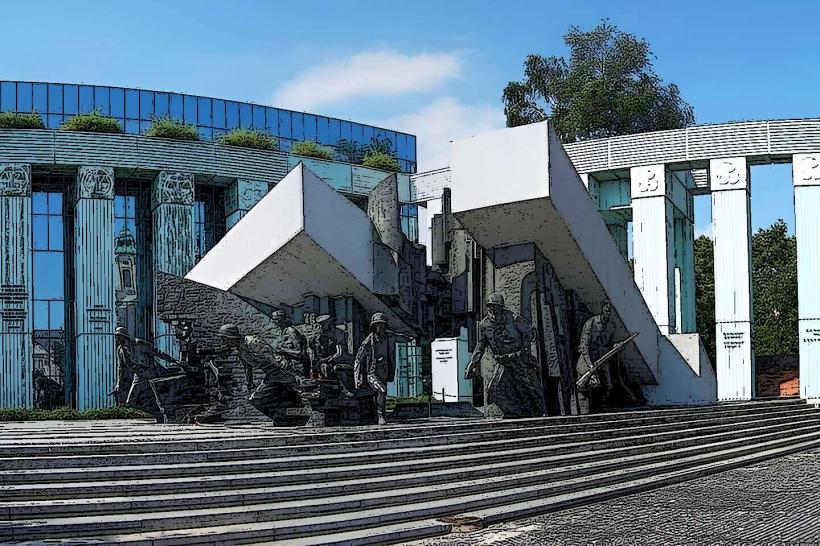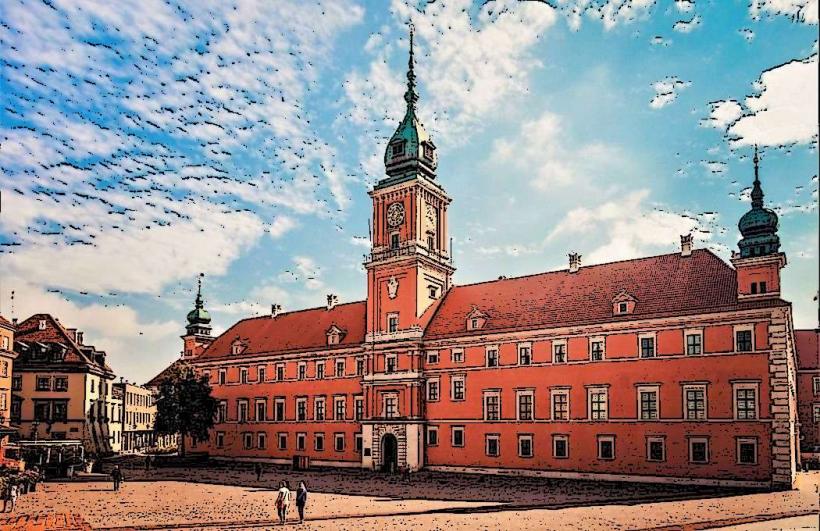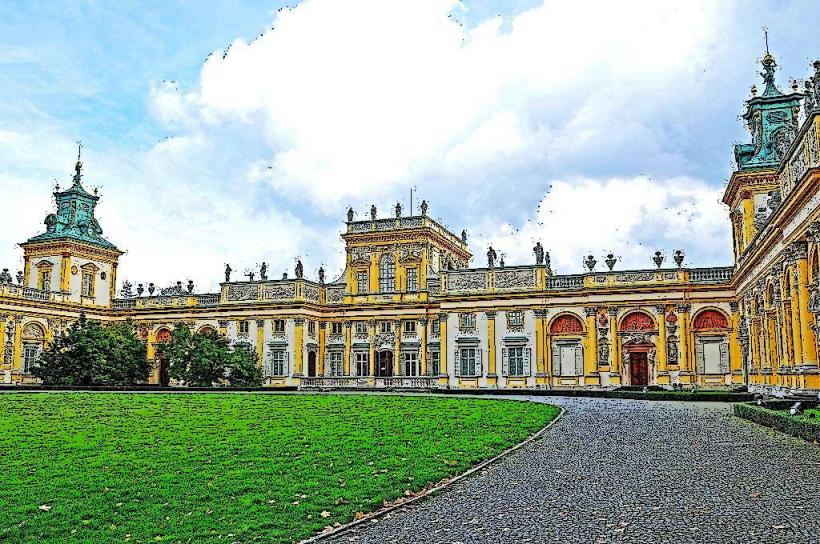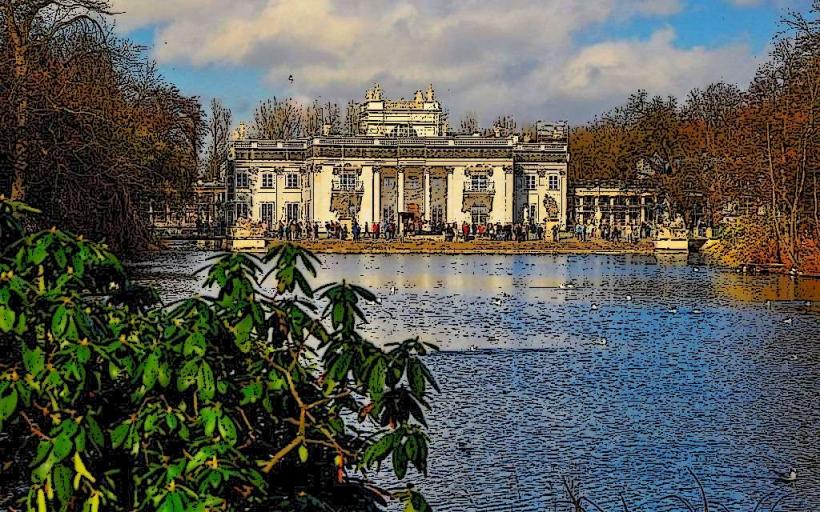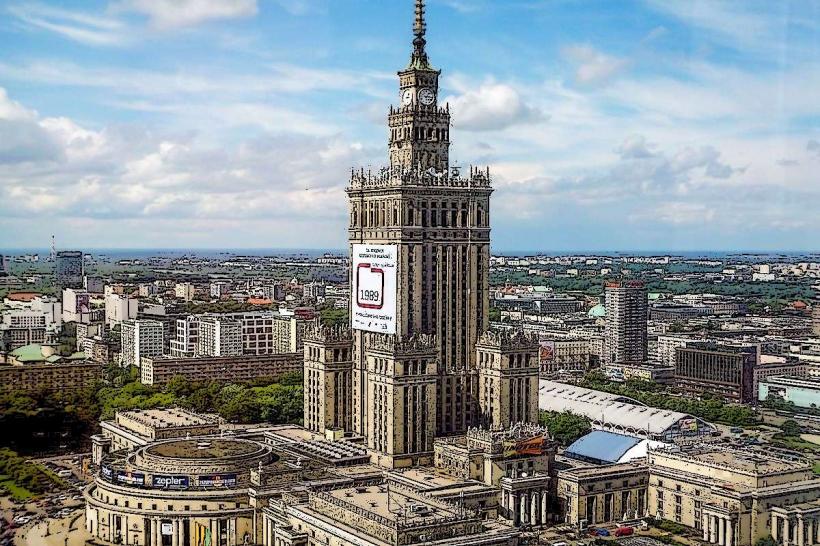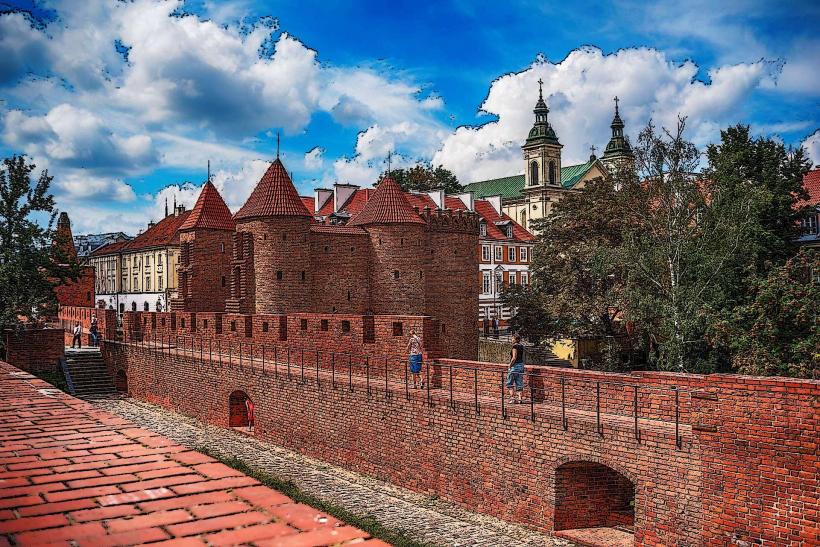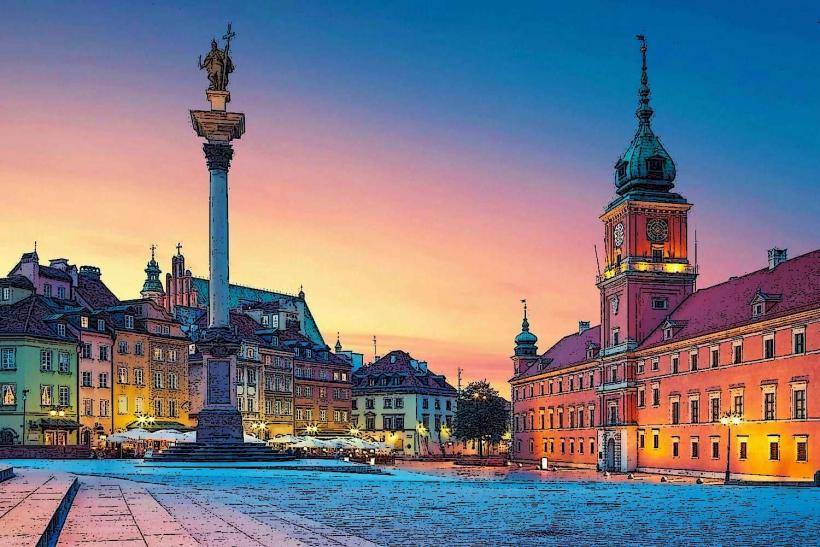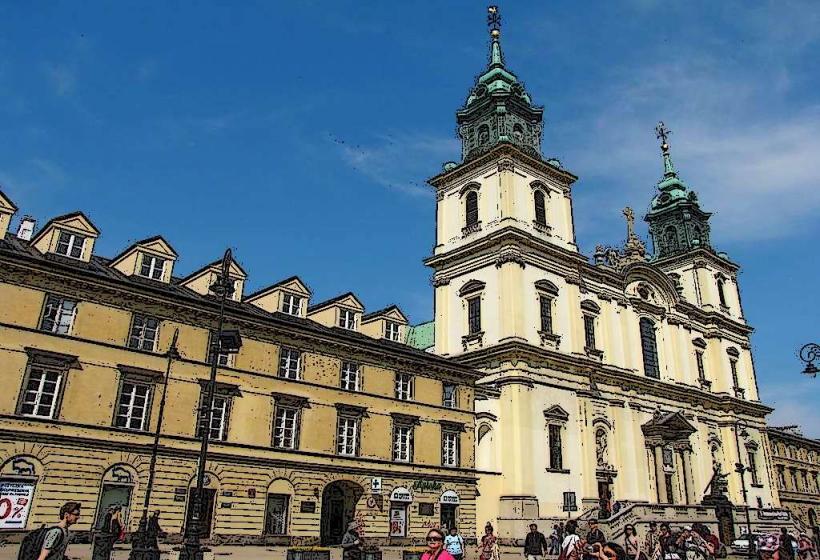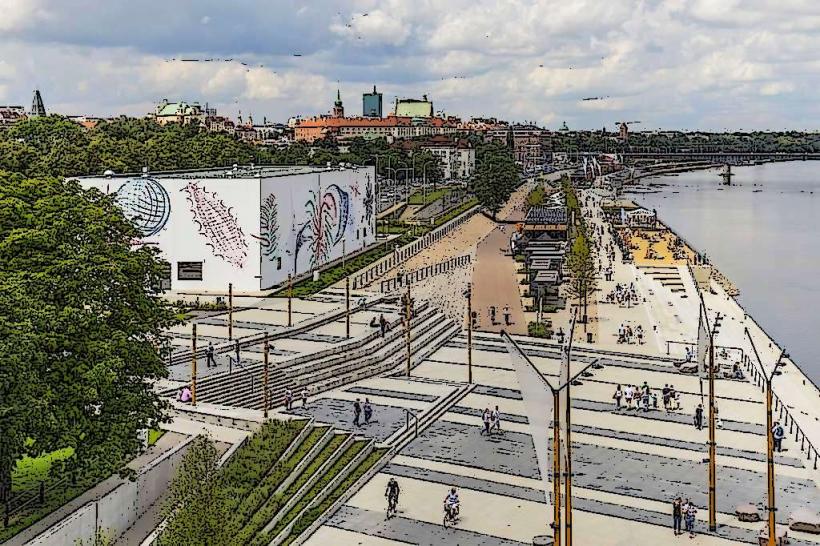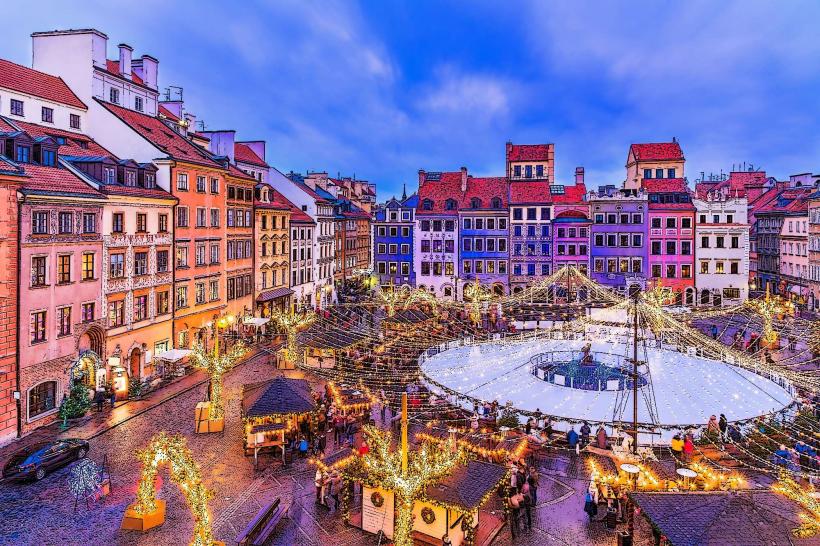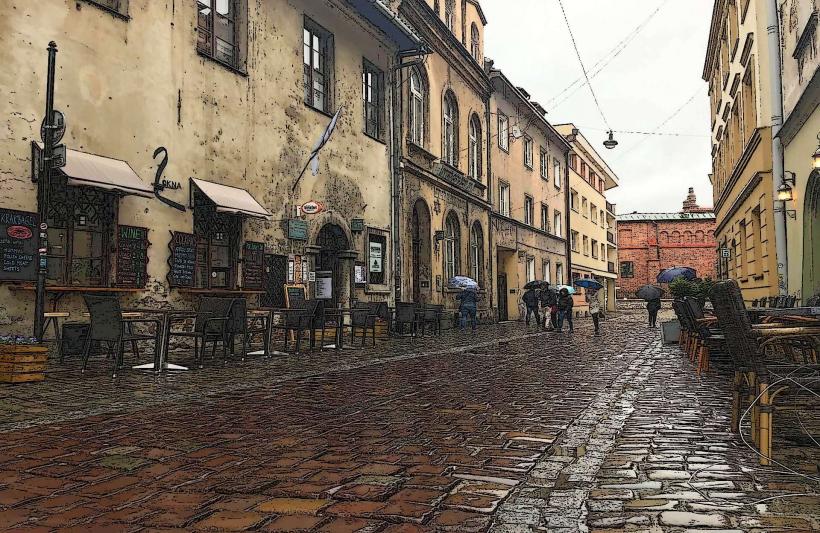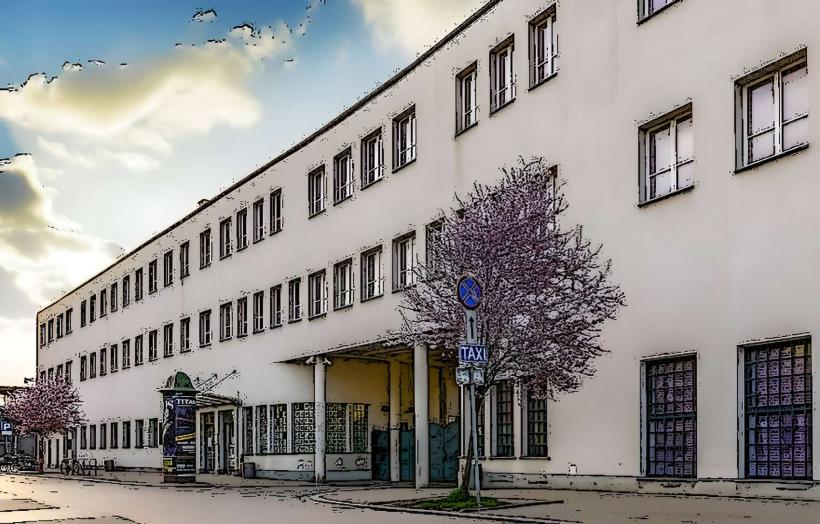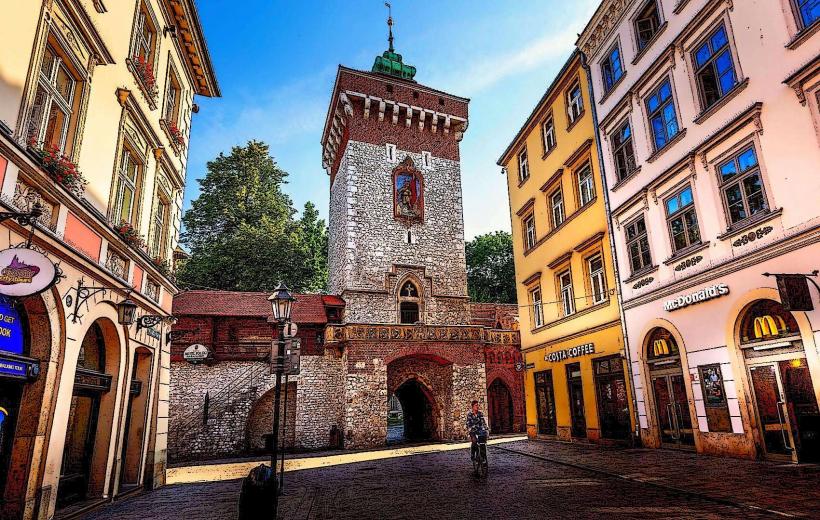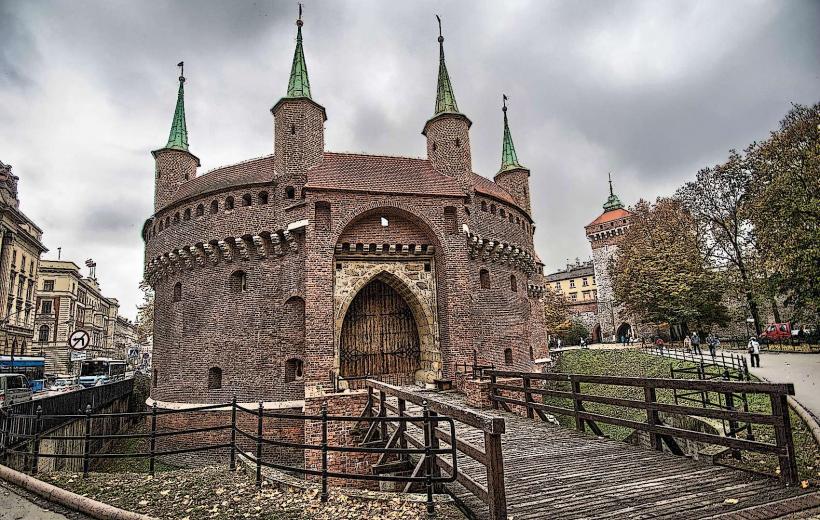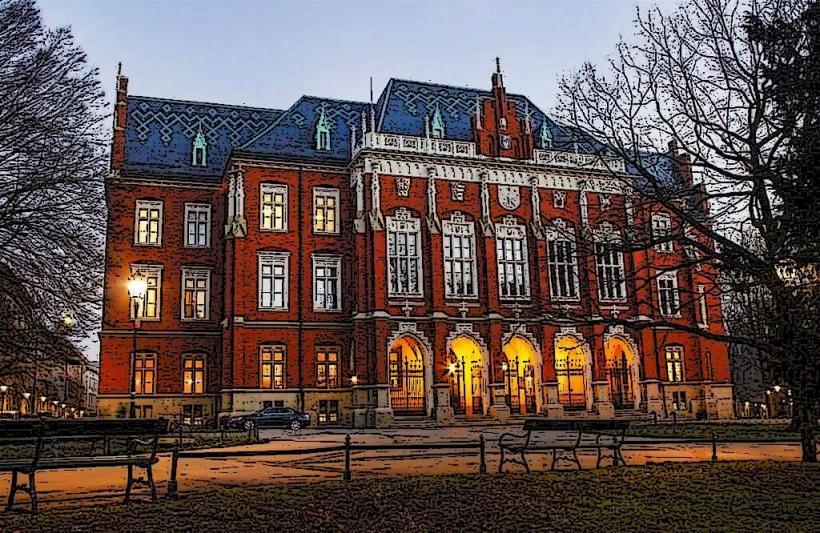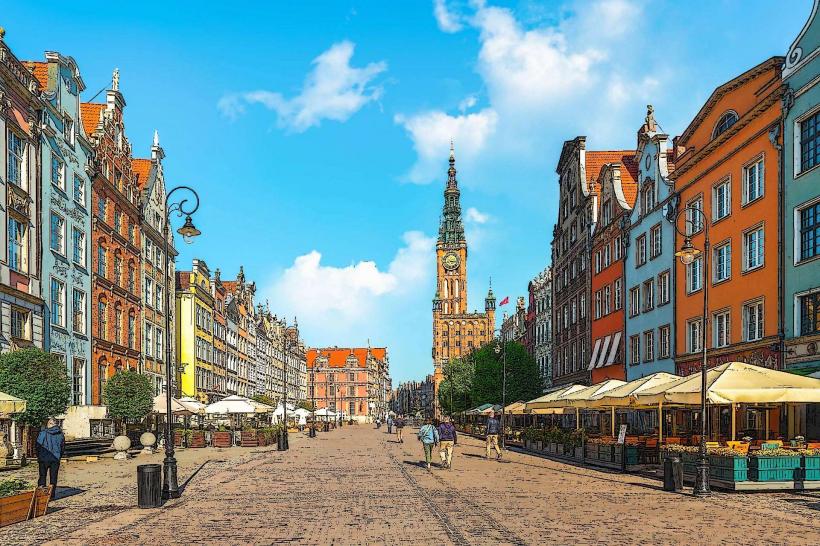Information
Landmark: Wawel CathedralCity: Warsaw
Country: Poland
Continent: Europe
The Wawel Cathedral (Polish: Katedra Wawelska) is one of the most important and iconic landmarks in Kraków, Poland, and a symbol of the country’s religious, cultural, and political history. Located on Wawel Hill, it has been the site of royal coronations, royal burials, and important religious ceremonies for centuries. As a place of deep historical significance, the cathedral is not only a spiritual center but also a symbol of Polish heritage.
History and Significance
Origins: The history of the Wawel Cathedral dates back to the 10th century, when it was originally constructed as a Romanesque church. The first cathedral on Wawel Hill was likely built around 1020 during the reign of Bolesław I the Brave, the first King of Poland. It became the seat of the bishop of Kraków and was a significant religious center in early medieval Poland.
Gothic Reconstruction: The cathedral that stands today is primarily the result of multiple reconstructions and expansions, especially during the 14th and 15th centuries. The most significant changes were made under King Casimir III the Great (reigned 1333–1370), who initiated the rebuilding of the cathedral in the Gothic style, and King Władysław Jagiełło in the early 15th century.
Royal Connections: Over the centuries, the Wawel Cathedral has been closely tied to Poland’s monarchy. It became the coronation church of Polish kings, and nearly all Polish monarchs from the 14th century onwards were crowned here. Additionally, the cathedral served as the burial place for many Polish kings, queens, and other important figures in Polish history, including King Casimir III the Great, King Władysław II Jagiełło, and Pope John Paul II, whose tomb is located within the cathedral.
Symbol of Poland: As the site of coronations and royal burials, the Wawel Cathedral has long been a symbol of the continuity of the Polish monarchy and state. Its significance is intertwined with Poland’s struggles and triumphs throughout history. In times of war and national crises, the cathedral has served as a place of national unity and religious devotion.
Architecture
The architecture of the Wawel Cathedral reflects a blend of different styles, including Romanesque, Gothic, and Renaissance, as the building was expanded and modified over the centuries.
Romanesque Beginnings: The original cathedral was built in the Romanesque style, characterized by its thick walls, rounded arches, and relatively simple, solid design. Parts of the early Romanesque church still remain in the structure, including some of the lower parts of the cathedral.
Gothic Reconstruction: The major Gothic redesign was carried out in the late 14th and early 15th centuries. The vaulted ceilings, pointed arches, and intricate stained glass windows are key features of the cathedral’s Gothic elements. The cathedral’s tower, which rises to a height of 82 meters, is a prominent feature of the Wawel Hill skyline.
Renaissance Additions: In the 16th century, the cathedral underwent further transformations, including the addition of Renaissance chapels. The Sigismund Chapel (Kaplica Zygmuntowska), located on the south side of the cathedral, is one of the most famous Renaissance chapels in Poland, featuring elaborate stuccowork and a grand dome designed by the renowned architect Bartolomeo Berecci.
Baroque Interior: The interior of the cathedral was further enhanced during the Baroque period, with the addition of intricate altars, stained glass windows, and detailed woodwork. The cathedral’s main altar, the altar of the Holy Cross, is a significant Baroque feature.
Towers: The cathedral has two towers: the Sigismund Tower and the Leaning Tower. The Sigismund Tower, built in the Gothic style, houses the Sigismund Bell, one of the largest and most famous bells in Poland. It has a symbolic role in Polish royal history, with the bell ringing for significant national events, such as coronations and victories.
Key Features and Attractions
Sigismund Chapel: The Sigismund Chapel, attached to the south side of the cathedral, is one of the most important Renaissance structures in Poland. It was commissioned by King Sigismund I the Old as a royal tomb and is the burial site for the king and his wife, Queen Bona Sforza. The chapel’s golden dome and ornate decorations make it one of the architectural gems of the Wawel Cathedral.
Tombs of Polish Kings: The Wawel Cathedral serves as the final resting place for numerous Polish monarchs, including the first king of Poland, Bolesław I the Brave, and other royal figures like Władysław Jagiełło, Kazimierz III the Great, and Stanisław August Poniatowski, the last king of Poland. The tombs are located in several chapels and niches within the cathedral.
Sigismund Bell: The Sigismund Bell, located in the Sigismund Tower, is one of the most iconic features of the cathedral. Weighing over 11 tons, it is one of the largest bells in Europe and has been used in royal ceremonies, religious celebrations, and national events.
Royal Crypts: The royal crypts beneath the cathedral are the burial sites of many prominent figures in Polish history, including monarchs, national heroes, and influential cultural and political leaders. The crypts are an important part of the cathedral’s heritage, offering insight into the lives and deaths of Poland’s historical figures.
Main Altar and Interior: The interior of the cathedral is richly decorated, with a mixture of Gothic, Renaissance, and Baroque elements. The main altar, dedicated to the Holy Cross, is a significant Baroque feature, and the cathedral is home to many other altars, chapels, and paintings by renowned artists.
Religious and Cultural Importance
Royal Coronations: The Wawel Cathedral has been the site of Polish royal coronations since the 14th century, starting with the coronation of King Ladislaus the Short in 1320. The cathedral continued to serve as the site for the coronation of every Polish monarch until the 18th century. The coronation of the king or queen was a pivotal event in Poland’s history, often marking significant political and dynastic changes.
Papal Connections: The cathedral is also connected to the life of Pope John Paul II, who was born in Wadowice, a town near Kraków. As a young man, he studied at the Jagiellonian University, and his ties to Kraków and the Wawel Cathedral were profound. In 2005, following his death, his heart was placed in a tomb in the cathedral. Pope John Paul II was also beatified in 2011 by the Catholic Church.
National Symbol: The Wawel Cathedral is not only a religious site but also a national symbol. It represents the unity of the Polish people and the country’s rich historical and cultural traditions. It remains a central place of pilgrimage and an important site for national events, such as state funerals and commemorations.
Visiting the Wawel Cathedral
The Wawel Cathedral is one of Kraków’s most visited tourist destinations, attracting millions of visitors every year. It is located within the Wawel Castle complex, which includes several other historic buildings, including the Royal Castle and the Wawel Royal Gardens. Visitors can tour the cathedral, learn about its history, and explore its chapels, royal tombs, and iconic Sigismund Bell. The cathedral is an essential stop for anyone seeking to understand the spiritual and political heart of Poland.

